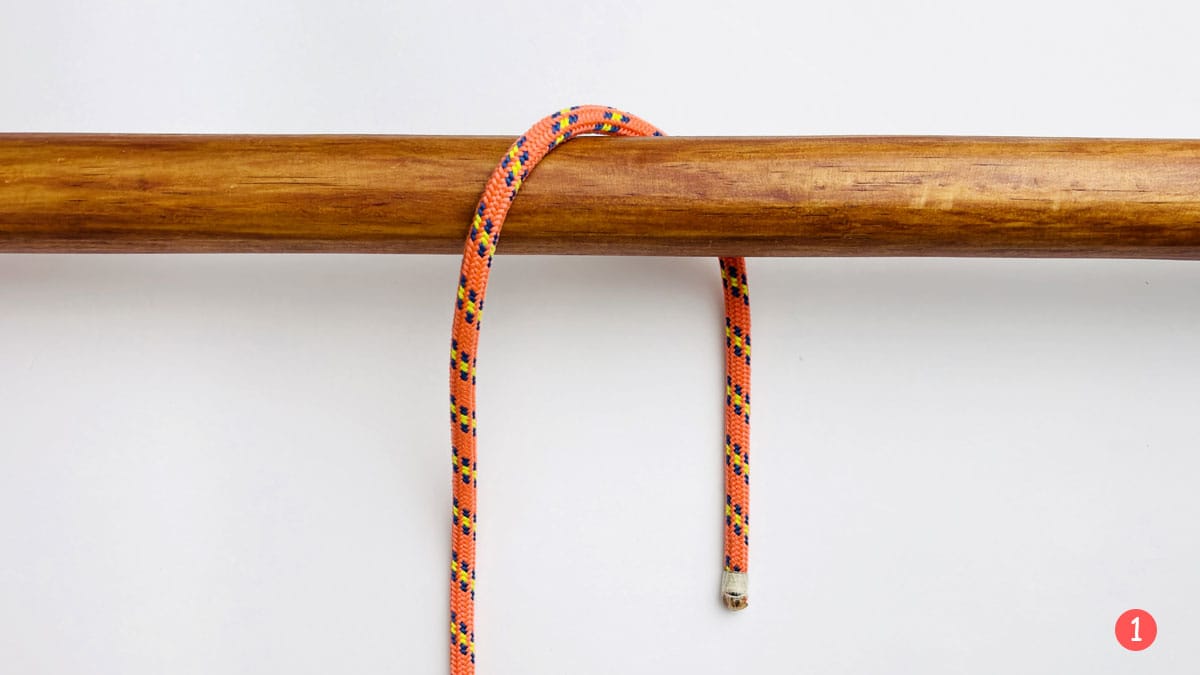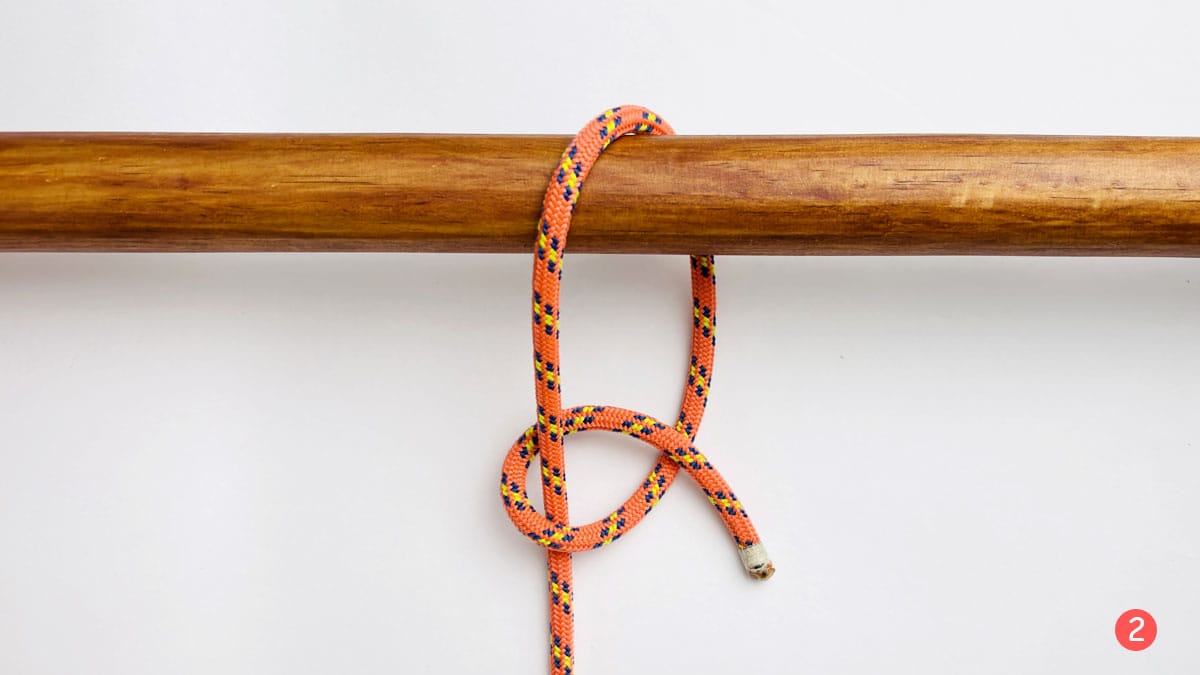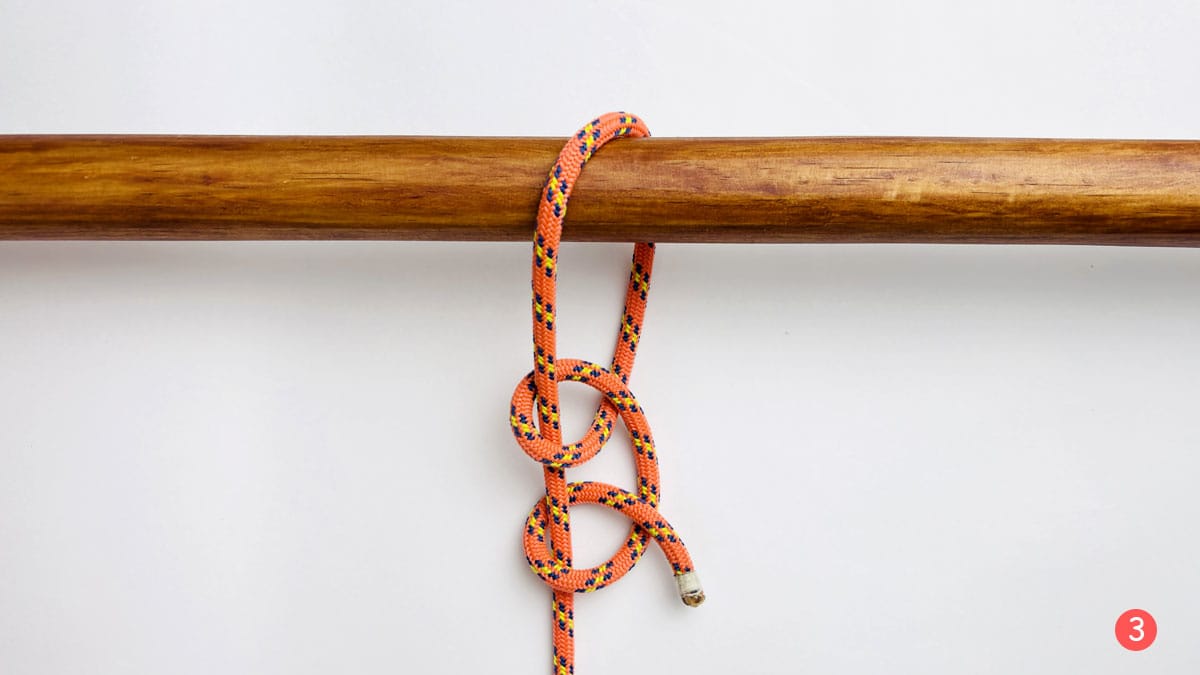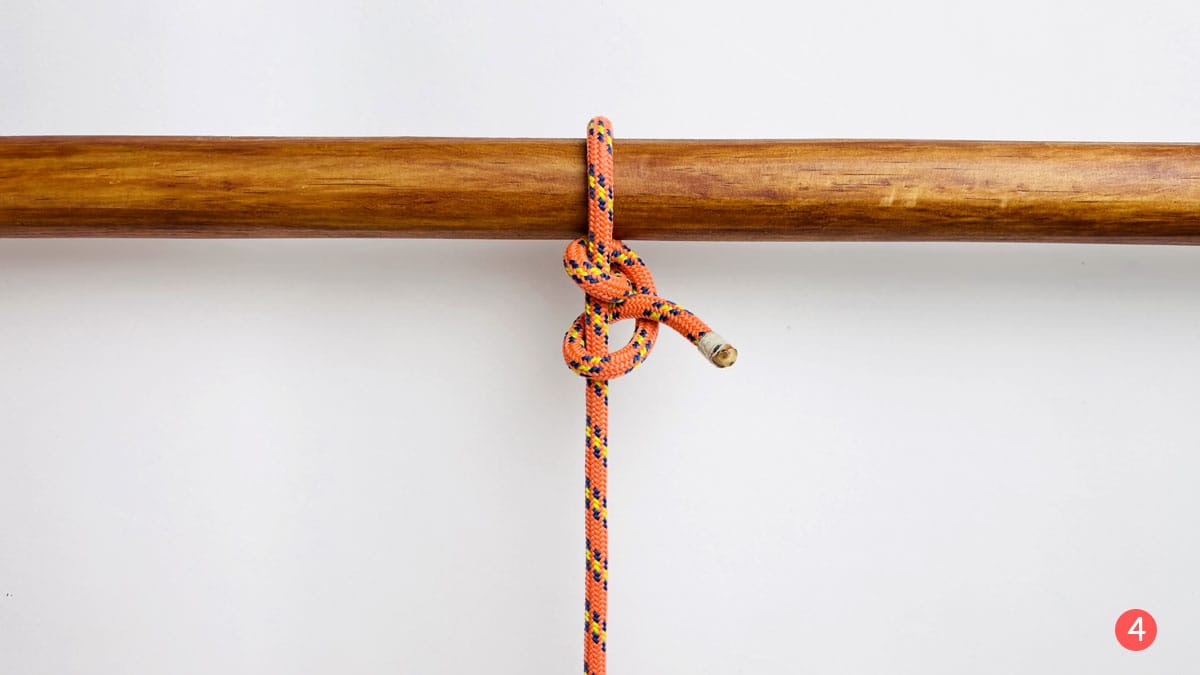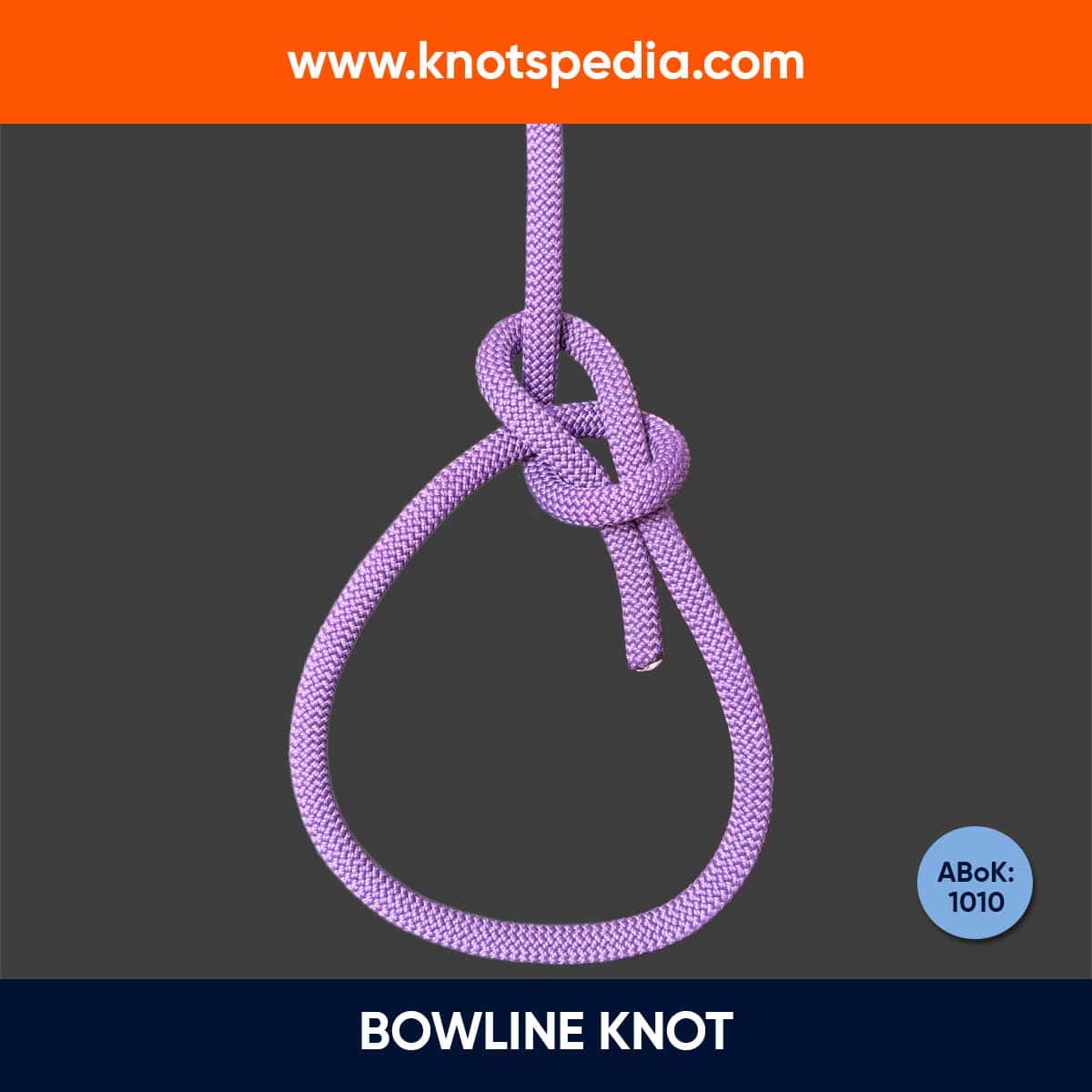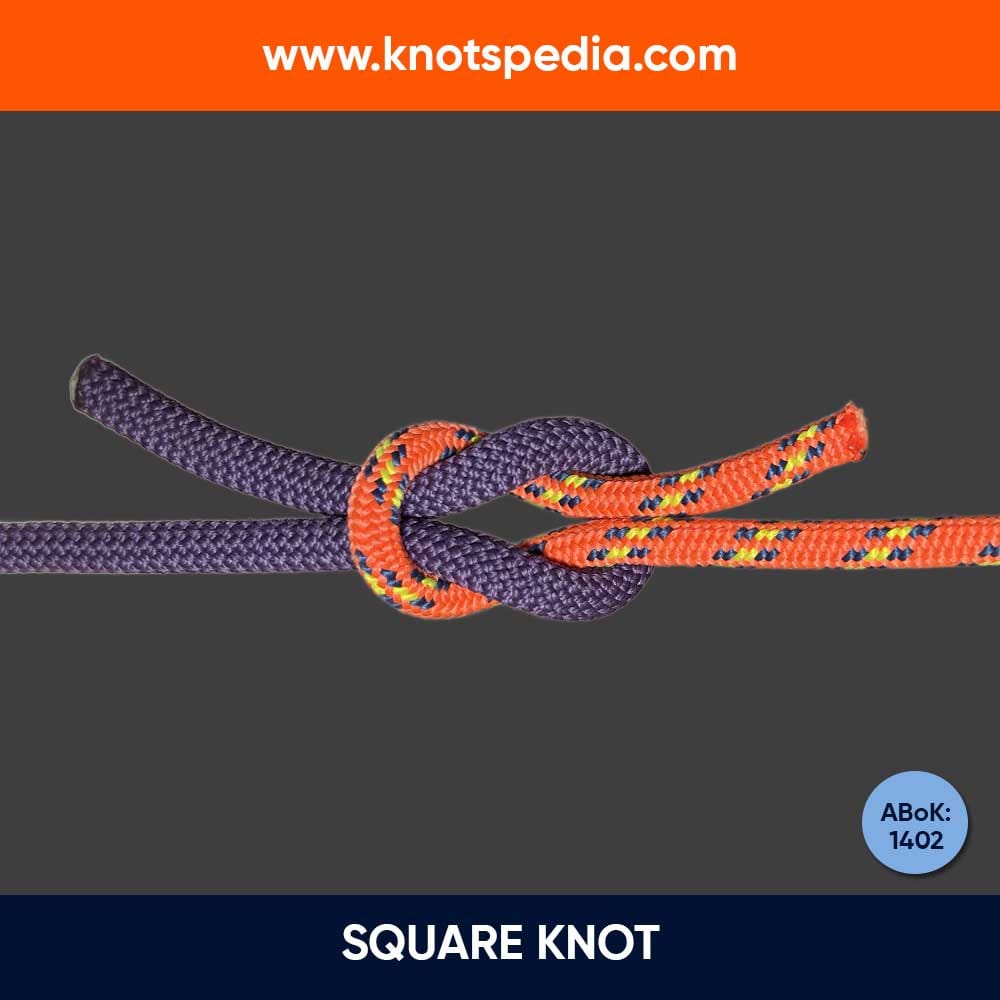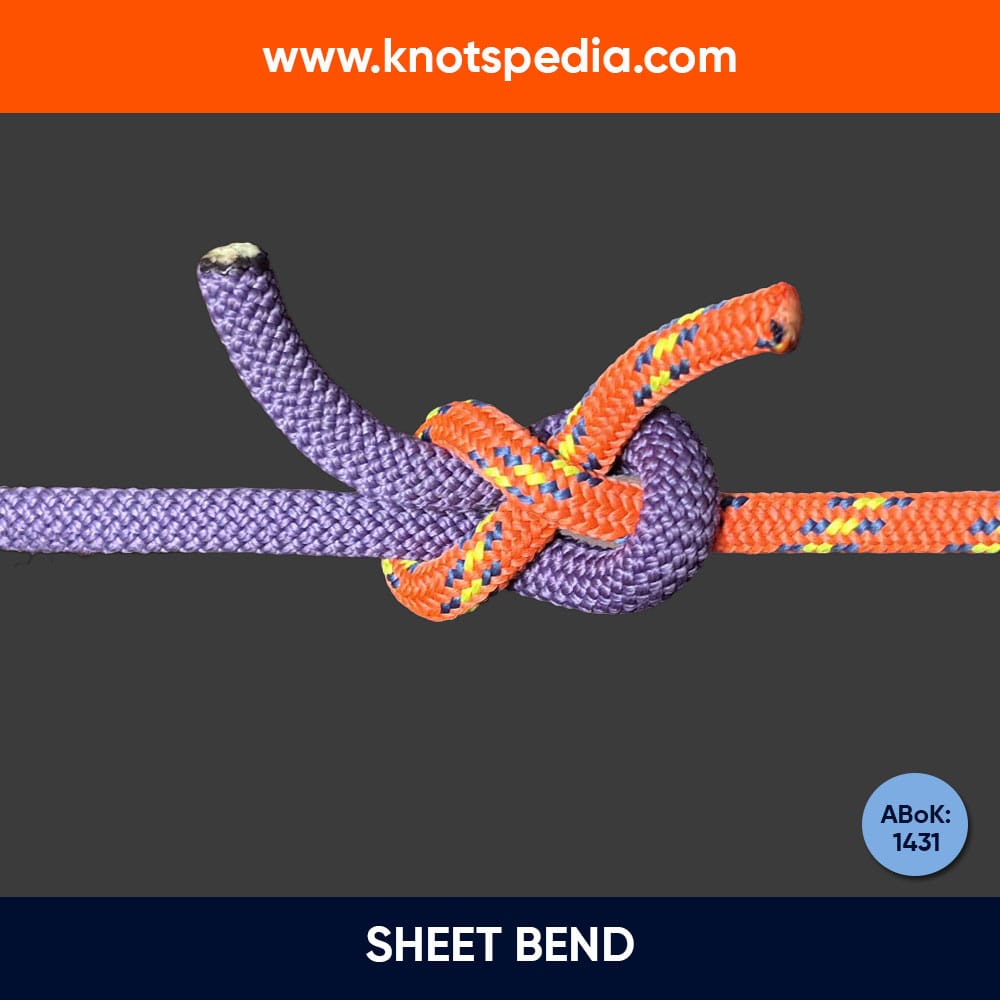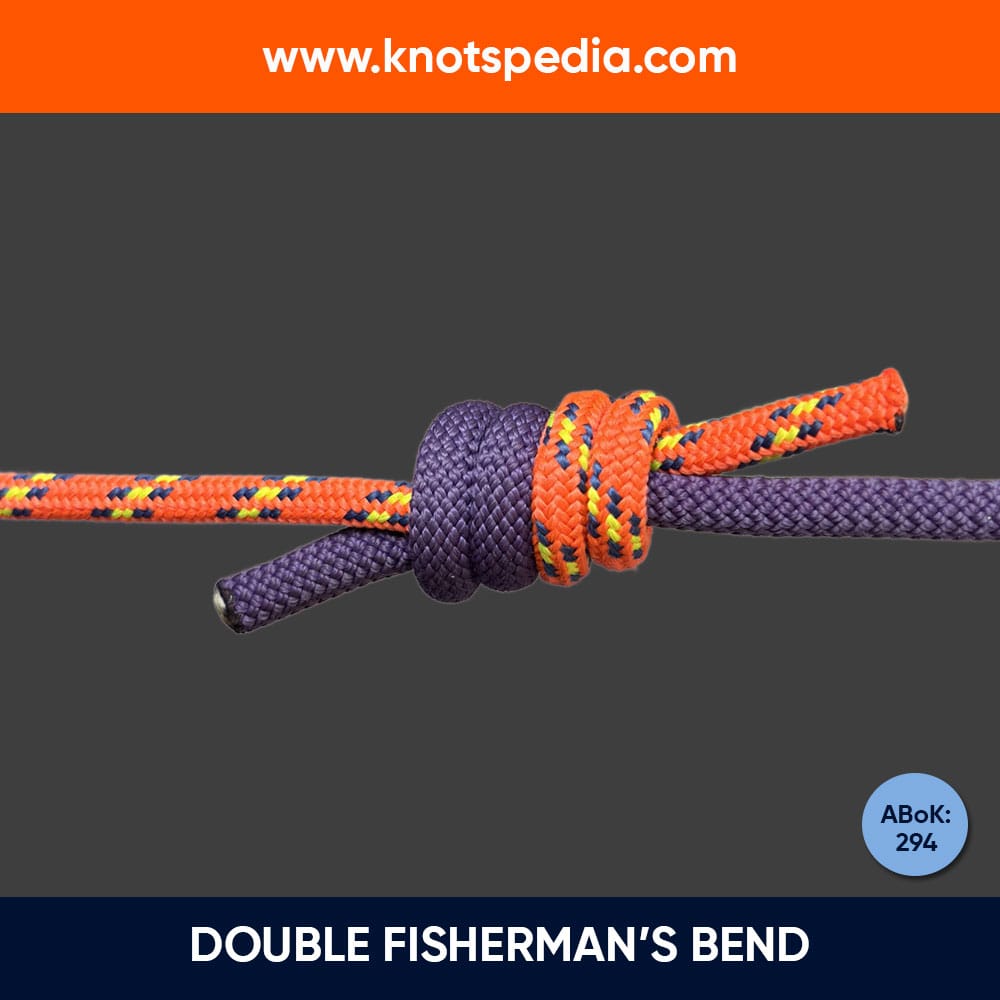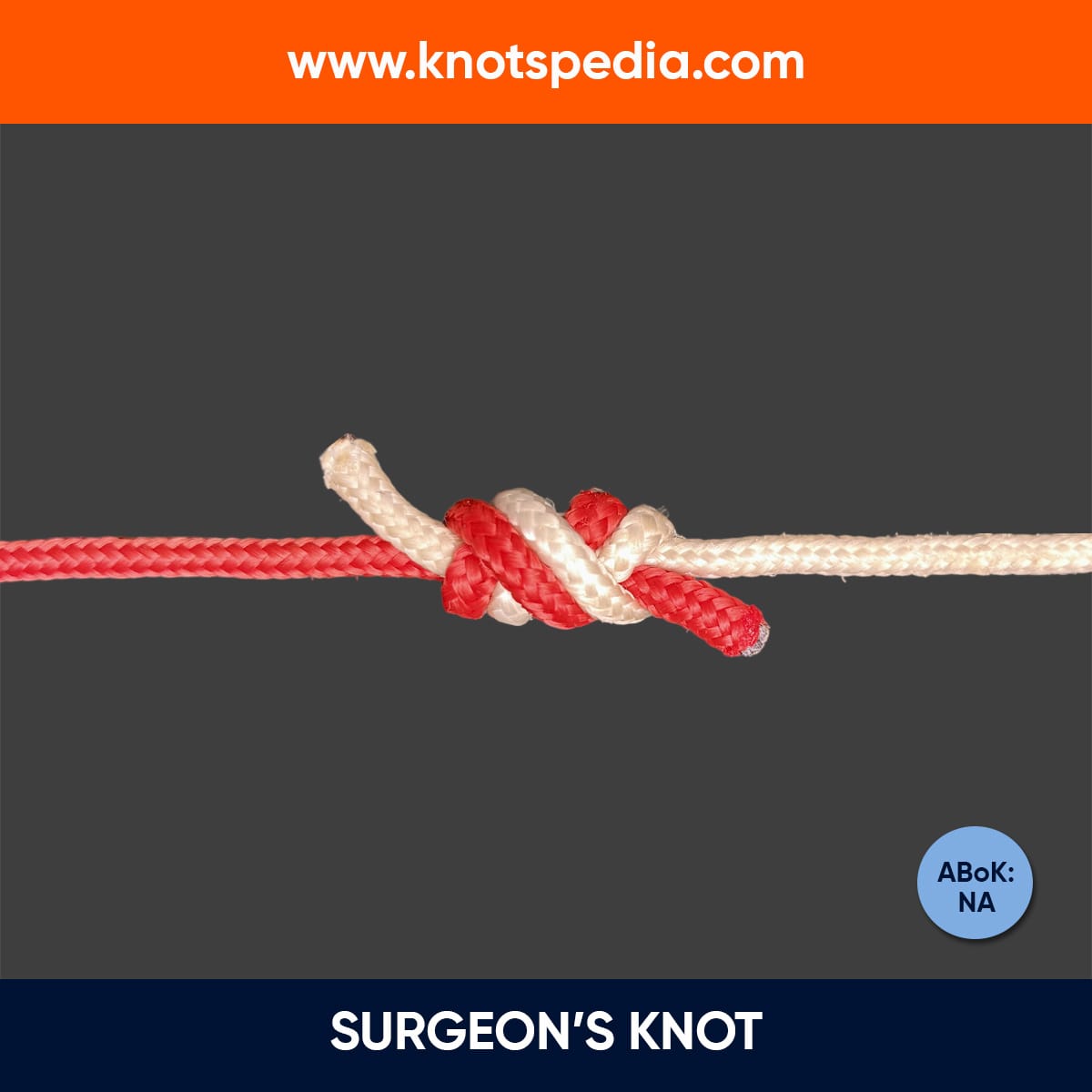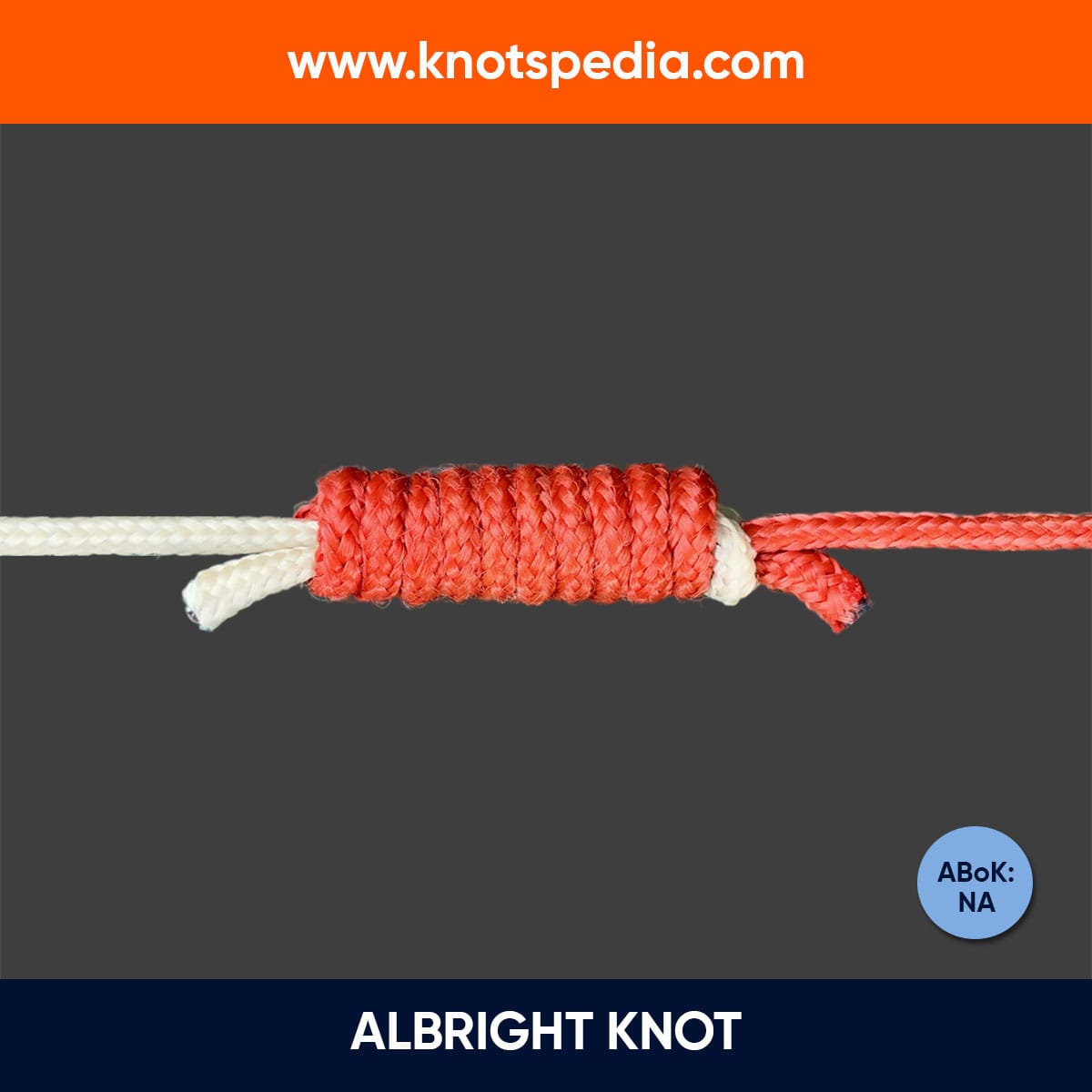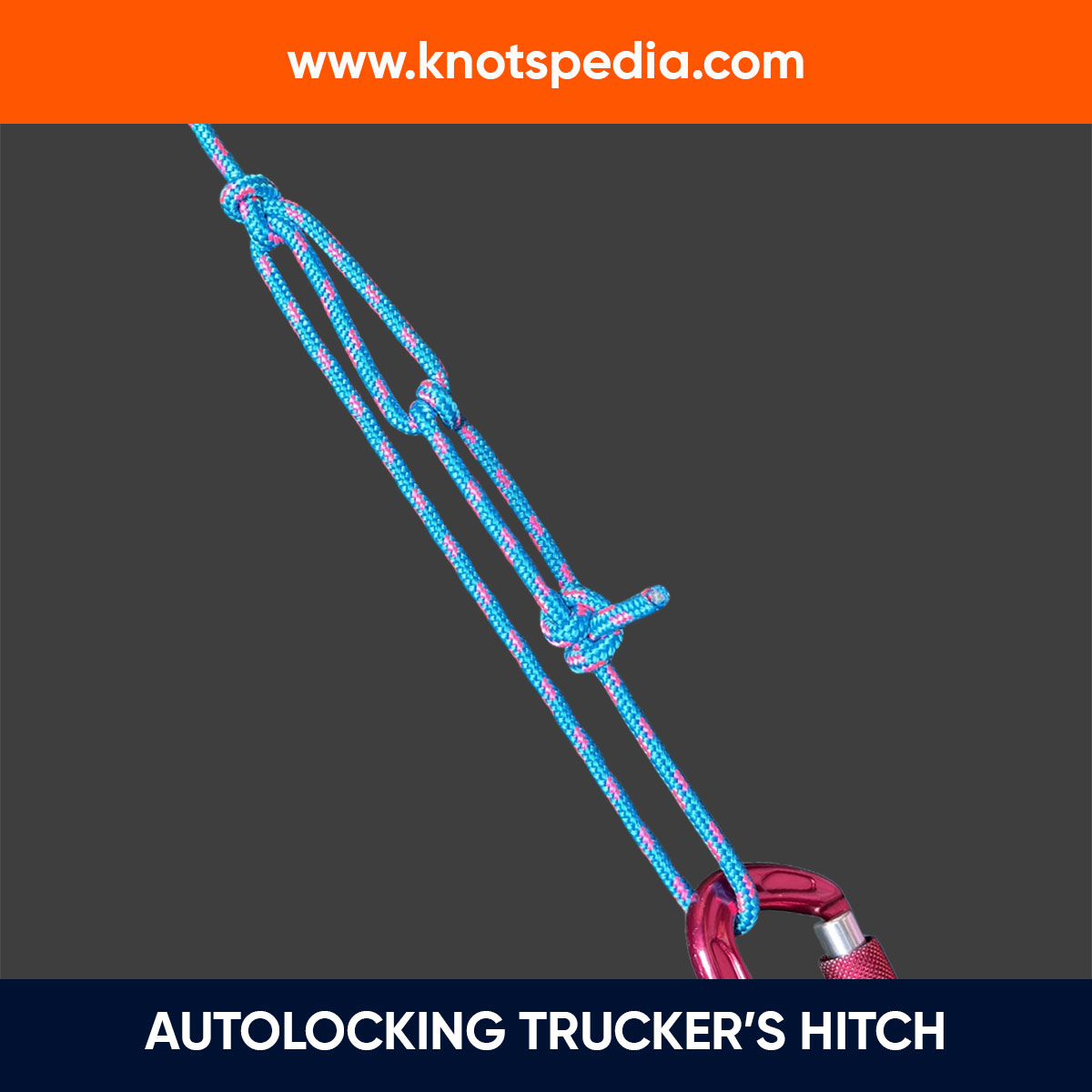The Two Half Hitches is used to secure a rope to a post, ring, or tree.
It starts with an Overhand Knot around an object, then you lock it down with a Half Hitch.
What makes it hold so well, though?
It forms a Clove Hitch around the standing line, which provides it with the friction needed.
Let’s learn it in detail.
Two Half Hitches
Type: Hitch
Other Names: Double Half Hitch, Clove Hitch over Itself, Full Hitch
ABoK Reference: #50, #1710, #1781
How to Tie Two Half Hitches
- Pass the rope around the object.
- Tie a half hitch around the standing line.
- Tie another half hitch in the same direction.
- Tighten the knot.
If the final knot looks like a Clove hitch tied around the standing part of the line, you have tied this right.
To untie this knot, apply a bending motion that will unwind the knot itself.
The Two half hitch is already a secure hitch but, if you want to secure the knots further—add more hitches to the half hitches.
Two Half Hitches Step by Step
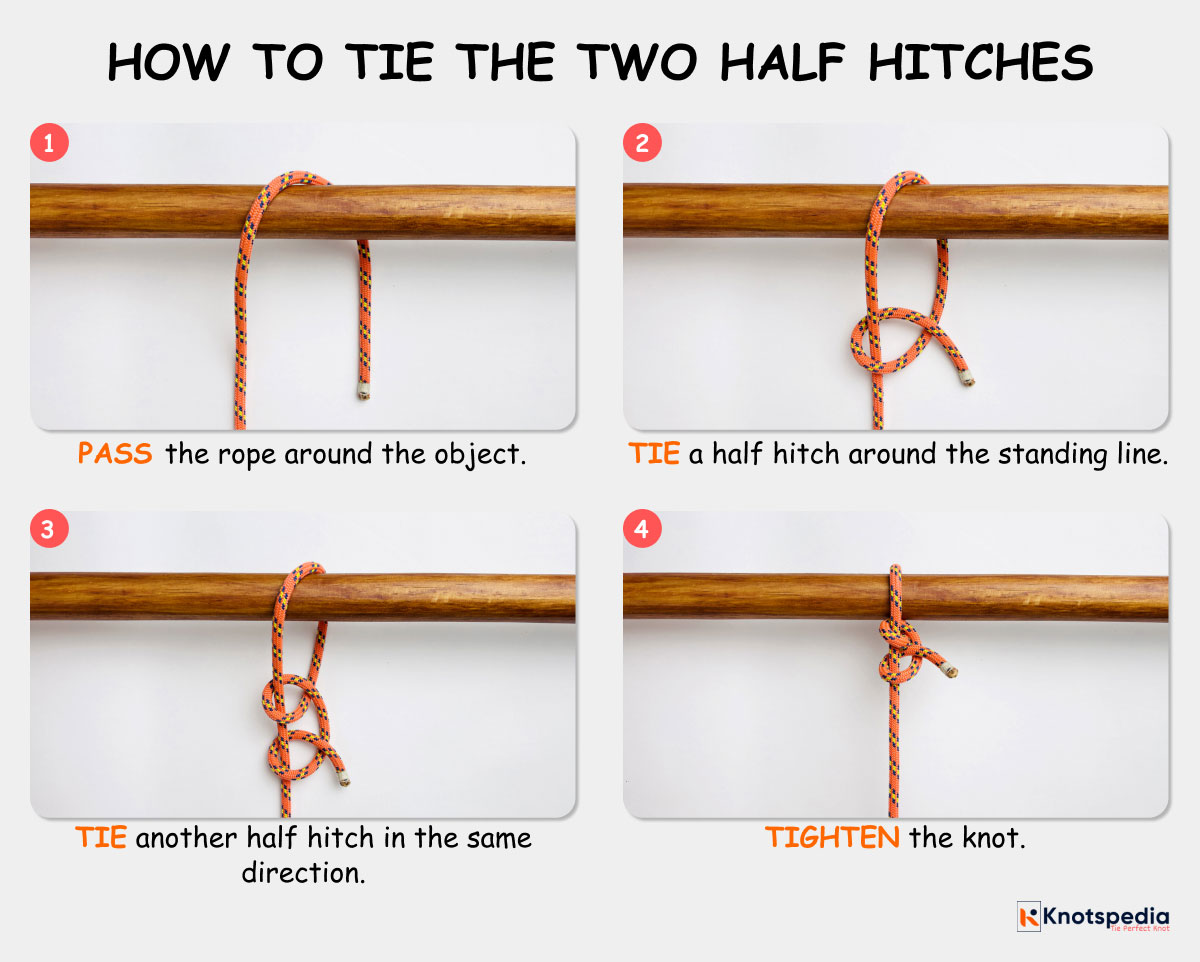
Common Mistakes
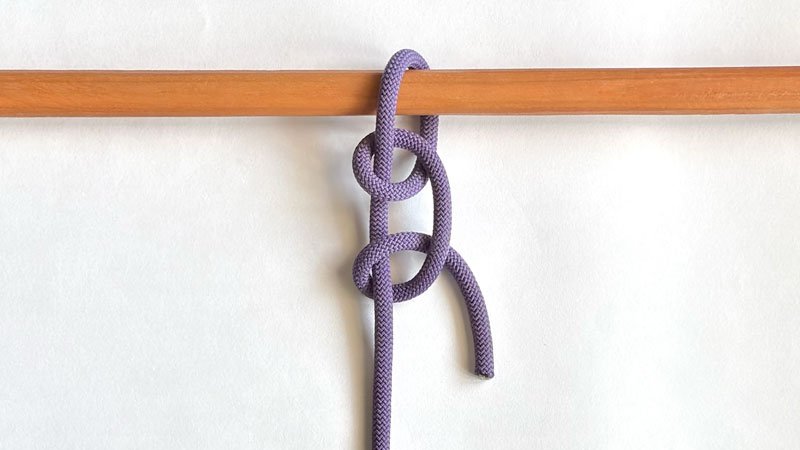
Now, let’s talk about a common mistake when tying this knot.
Sometimes, instead of forming the Clove Hitch around the standing part, people mistakenly tie the Lark’s head (Cow Hitch). This results in the Reverse Hitches (ABoK #1713).
The Reverse Hitches has two half hitch knots tied in opposite directions (one goes over the standing end and the other goes below it).
This might seem like a small detail, but it makes a difference in how the knot performs.
The Reverse Hitches doesn’t give you the friction that the Clove Hitch may provide.
So, what’s the takeaway?
Always tie the second Half Hitch in the similar way as the first one.
Two Half Hitches (Video Guide)
Pros & Cons
- Easy to tie
- Easy to adjust
- Can jam
- Difficult to untie
Applications and Uses
- Secure the guylines. Campers use it to make a clothesline or hang a banner, or move large objects.
- Tie mooring lines to docks and boats. It’ll keep boats from drifting away.
- Make vertical, diagonal, and horizontal designs in Macrame. This is known as Double Half Hitches.
- Tie off to secure loads on vehicles.
Two Half Hitches vs Clove Hitch
People often confuse Two Half Hitches with Clove Hitch, but they are two different hitches.
The Two Half Hitches is tied by tying two Overhand Knots around the standing part after tying a single turn around an object.
It’s difficult to untie when there is tension on the line.
If you look at the Clove hitch, it is tied around the object and not the standing line. It is easier to tie and untie under load.
Other Alternatives
Round Turn and Two Half Hitches
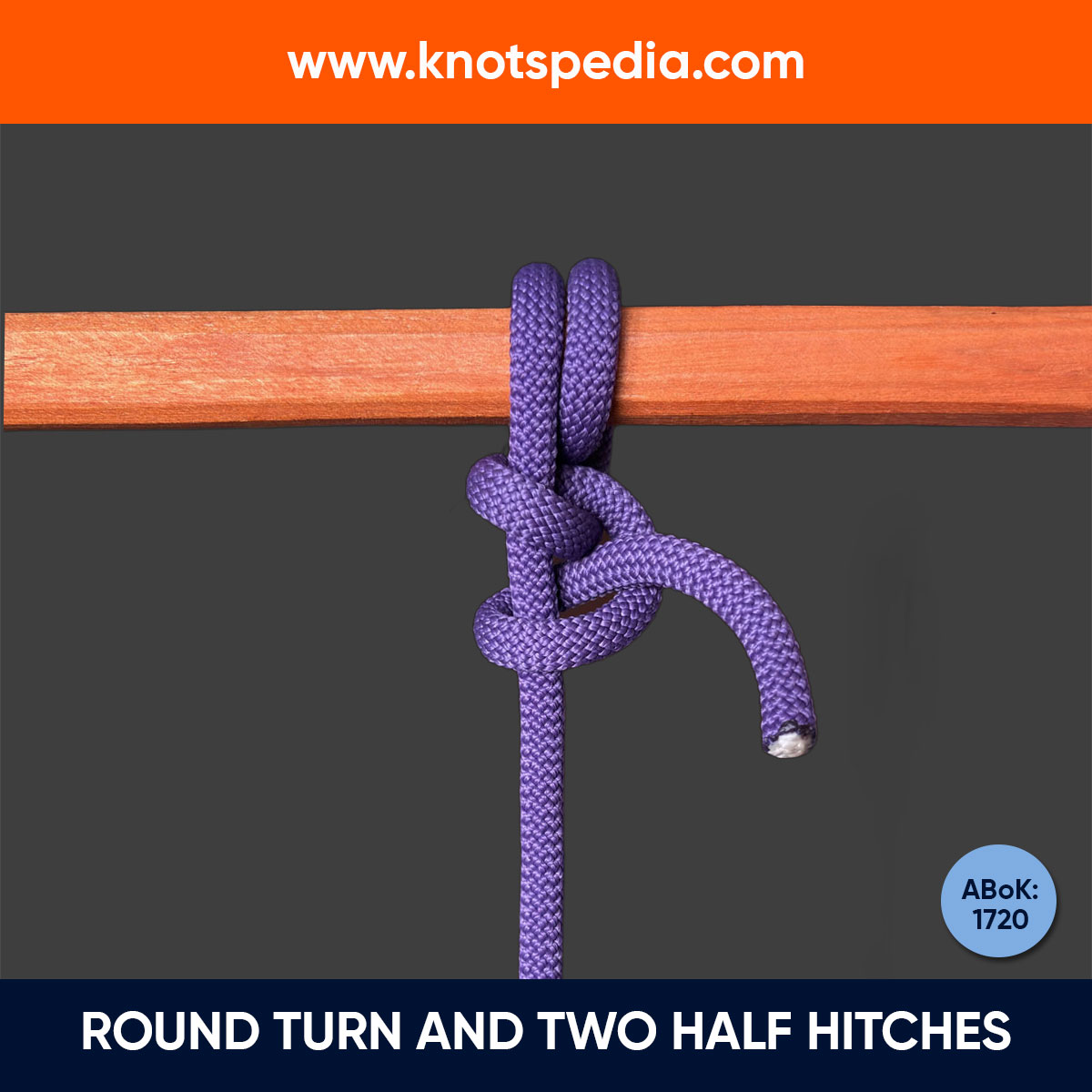
The Round Turn and Two Half Hitches is more secure than the Two Half Hitches.
The round turn helps to reduce the initial load strain, so it is easy to tie the Hitches.
Plus, it adds friction against the support, which helps to maintain a secure grip and prevent slippage.
Buntline Hitch
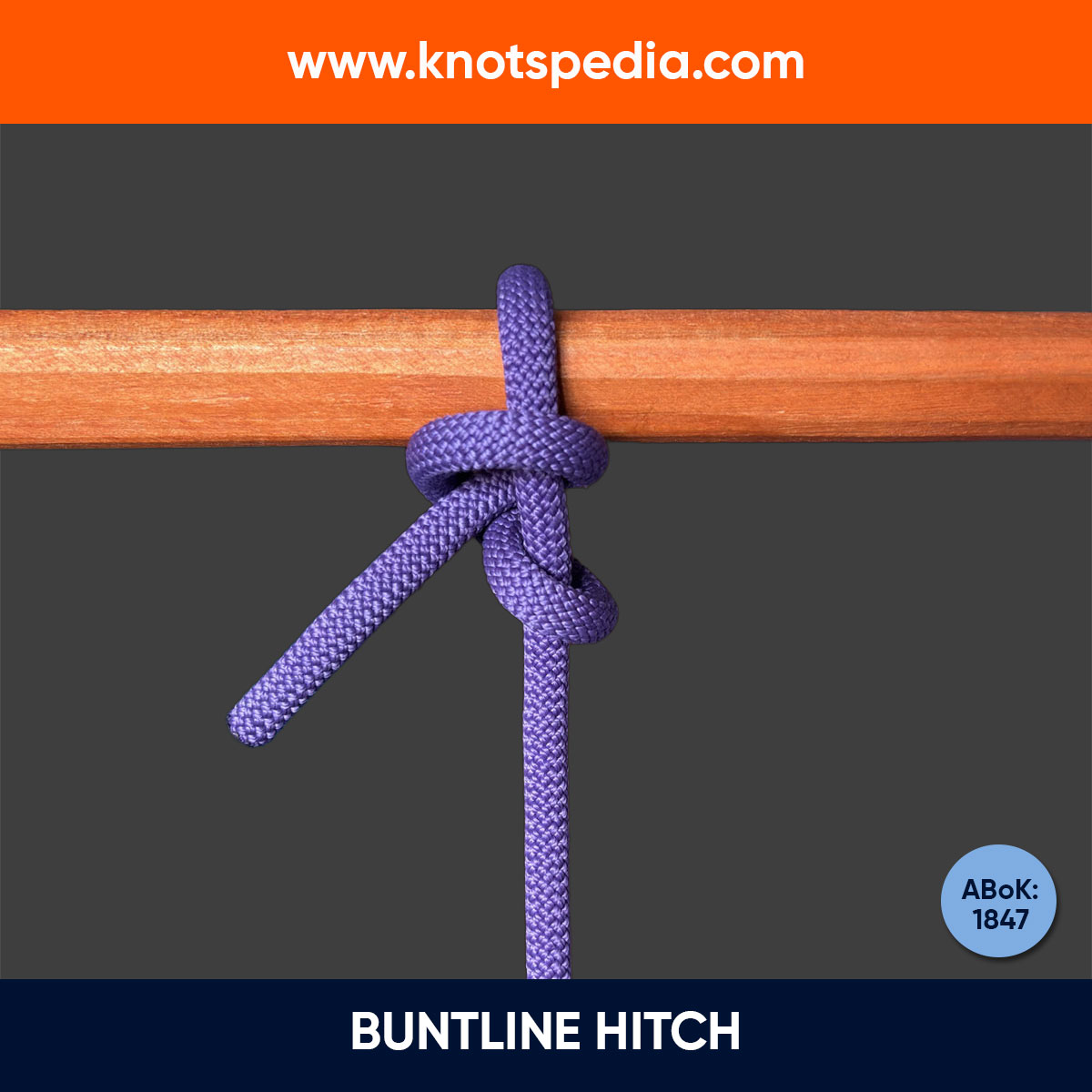
The Buntine Hitch is almost identical to the Two Half Hitches, but the second half hitch is tied inside of the first one.
It’s a more secure hitch knot, but it can jam.
Slipped Half Hitches
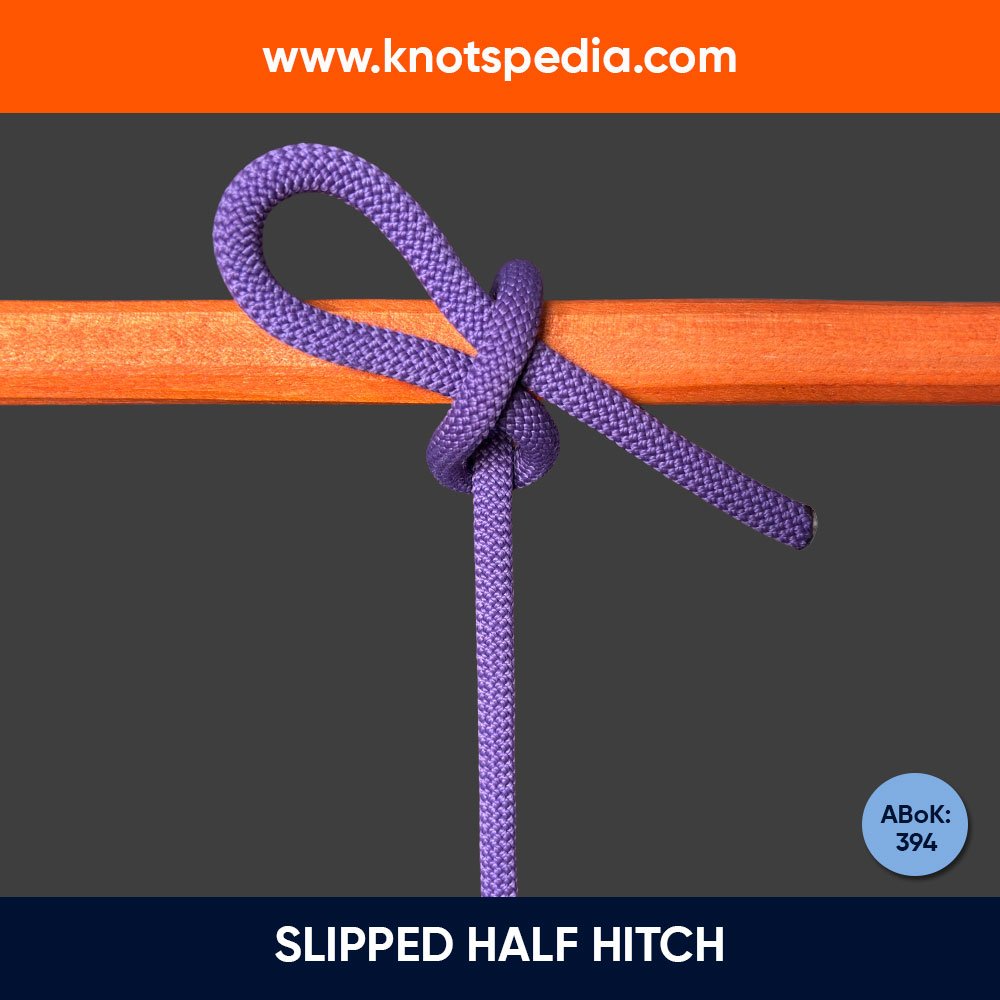
The Two Half Hitches can often jam and can be difficult to untie.
The Slipped half hitches exactly solve this problem.
You just need to pass a bight through the second half hitch, rather than the tail end.
Frequently Asked Questions (FAQs)
What is the strength of the two half hitches?
The strength of the Two Half Hitches is about 65%. It’s a secure knot that is admired by people from old times.
Does this knot hold tight in varying tension levels?
It will collapse down if used for dynamic tension, and also bind while under tension.
Share this Article!
